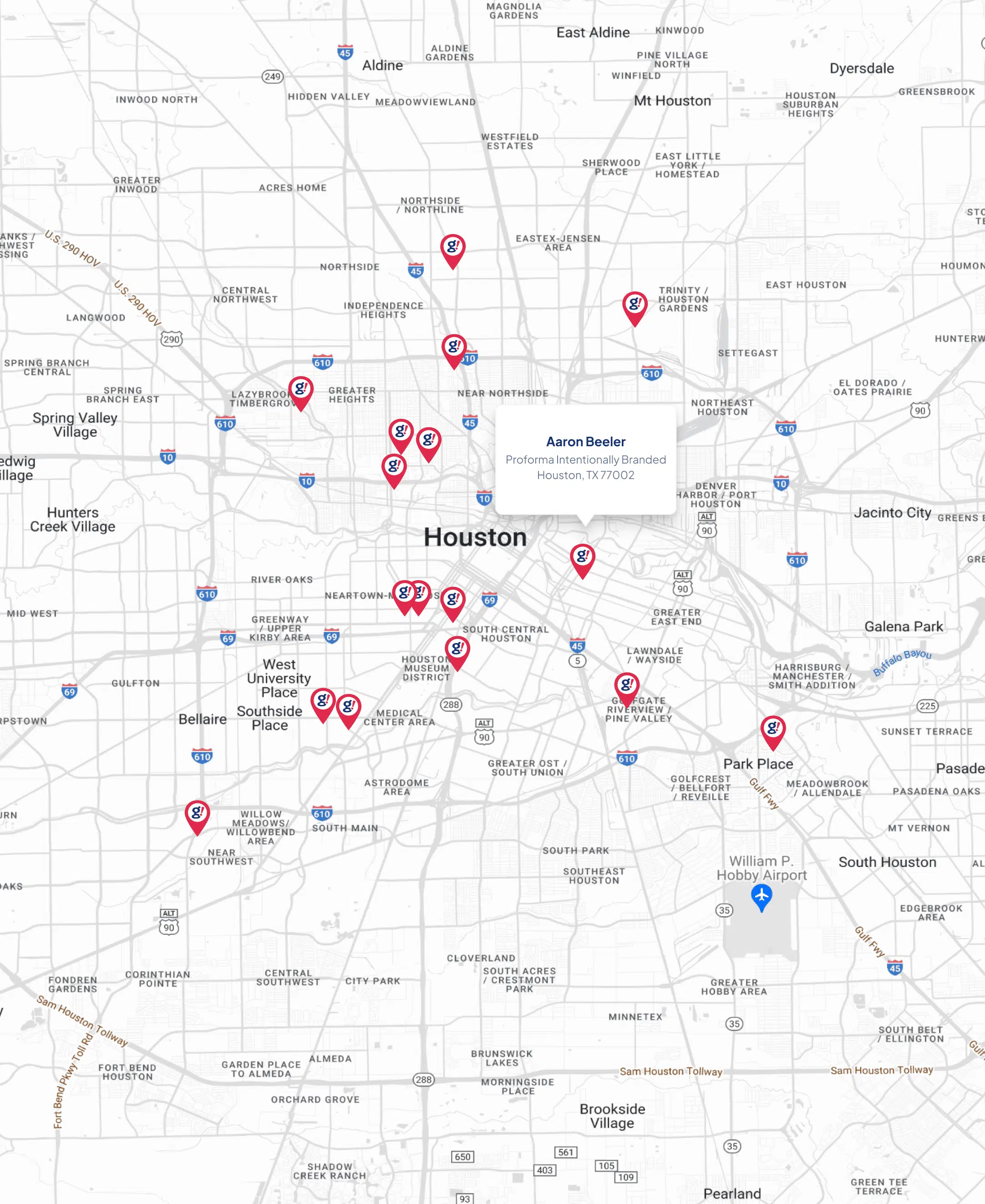Artificial Intelligence vs. Machine Learning
- Updated on: 2019-04-25
- Read original article here

Artificial learning is the umbrella under which machine learning lives. It is the collection of actions demonstrated by machines that try to predict and to mimic natural intelligence (aka human/animal intelligence). It is the machine that uses data to perceive its surroundings, to form plans, and to make decisions to reach those goals. The term “artificial intelligence" is often applied when a machine mimics cognitive functions that humans associate with other human minds, such as learning and problem solving. Machine learning is the concept, but artificial intelligence is the science and the bridge that brings data and delivery together for more cognitive applications. Think of Siri. Apple’s digital assistant helps us identify where we want to go and how we want to get there. She recognizes our voices and sends messages for us. She searches the web for us and identifies songs for us. She adds events to our calendars and sets reminders for us. Her use of machine learning helps her to get smarter and more helpful with every prediction she makes, but it is the umbrella of artificial intelligence that allows her work to our behalf. Think of vehicle recognition identification. Traffic cameras can use artificial intelligence to read your license plate and then pass that data on to authorities. That means those tiny cameras on top of light poles in metro intersections, on tollways, and on highways nationwide have the power to “see and understand images” and even provide police officers with searchable surveillance videos. The short and sweet answer to that is artificial intelligence is “the ability to learn without being explicitly programmed” while machine learning is one way in which artificial intelligence can be generated. It’s quite possible to put artificial intelligence to work “without using machine learning, but this would require building millions of lines of codes with complex rules and decision-trees.” We know that brands we work with want to optimize content right away. We also understand that not every brand is ready to jump on the artificial intelligence bandwagon, but machine learning is a significant first step – especially if your trying to create a personalized experience for your customers. Let’s take a look at the tools and technologies we have at our fingertips to do just that. Our Optimization team provides solutions at every step of the customer journey. While SEO and retailer optimization are core pieces of the offering, the team has deeper capabilities and expertise in a wide range of disciplines, including retailer SEO strategy, content audits, site SEO strategy, user experience, and engagement strategies. CORA, our in-house proprietary insight-driven CGI solution, can customize machine learning solutions based on your brand’s technology and needs in a variety of ways. It can combine machine learning with retailer and site data to deliver an optimized product and customer experience by analyzing CGI performance, content gaps, and trend responsiveness. Our Optimization team and CORA are set up to complement each other and ensure ongoing optimization. Together the two provide end-to-end total solutions for optimization with speed and agility that helps elevate your brand. Ever organization and brand is different, and will use technology, bots, machine learning or artificial intelligence in unique ways. The commonality is we all want to connect with our consumers and prospects on a personal level. And my advice…never forget the human touch. No matter how much technology advances we will still need a human at the helm to make the informed decisions the date and consumers provide.



